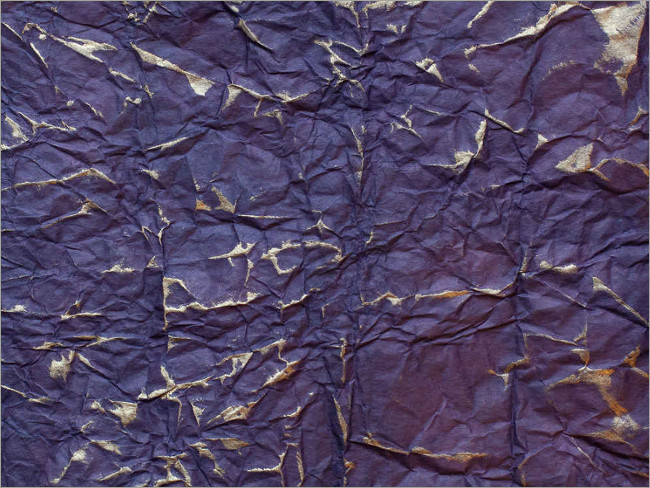In today’s digital age, where screens dominate our interactions, there’s a certain nostalgia and appreciation for the tactile qualities of paper. Beyond its utilitarian purpose, paper serves as a canvas for creativity, a vessel for expression, and a conduit for sensory experiences. At the heart of what makes paper so captivating are its textures – the subtle variations in surface, weight, and finish that add depth and character to every sheet. In this article, we delve into the world of paper textures, exploring their diversity and the impact they have on our visual and tactile perceptions.
The Artistry of Texture: Understanding Paper Varieties
Paper textures encompass a vast spectrum, ranging from smooth and sleek to rough and textured. Each variety is imbued with its own unique personality, influenced by factors such as fiber type, production process, and finishing techniques. Common paper textures include:
- Smooth: Characterized by a flat and even surface, smooth paper offers a clean and polished look. It’s ideal for printing sharp images and text, making it a popular choice for documents, brochures, and presentations.
- Laid: Laid paper features a subtle grid-like pattern created during the production process. This texture adds a touch of sophistication and elegance, making it suitable for stationery, resumes, and formal invitations.
- Linen: With its distinctive cross-hatch pattern resembling linen fabric, linen paper exudes a sense of refinement and luxury. It’s often used for business correspondence, certificates, and announcements, lending an air of sophistication to printed materials.
- Felt: Felt paper has a soft and velvety texture reminiscent of actual felt fabric. Its tactile quality makes it a popular choice for artistic prints, greeting cards, and wedding invitations, adding a tactile dimension to the printed design.
- Embossed: Embossed paper features raised patterns or textures that are pressed into the surface during manufacturing. This technique creates visually striking effects, adding depth and dimension to printed materials such as business cards, packaging, and specialty invitations.
Engaging the Senses: The Importance of Tactile Experiences
In a world inundated with digital media, the tactile experience of paper textures offers a welcomed respite. The act of running your fingers over a textured surface engages the senses, eliciting a visceral response that enhances the overall enjoyment of the printed material. Whether it’s the smooth glide of a sleek finish or the tactile feedback of a textured weave, paper textures add a layer of sensory richness that complements the visual appeal of the design.
Elevating Design: Leveraging Paper Textures for Impact
From graphic designers to marketers, professionals across various industries recognize the significance of paper textures in design and branding. The choice of texture can convey subtle nuances of personality, evoke specific emotions, and reinforce brand identity. Whether aiming for a minimalist aesthetic with smooth, uncoated paper or seeking to evoke a sense of luxury with embossed textures, understanding the impact of paper textures is essential for creating impactful and memorable designs.
Conclusion: Embracing the Multifaceted Beauty of Paper Textures
In a world driven by digital innovation, the enduring allure of paper textures reminds us of the timeless appeal of tactile experiences. From the smooth elegance of laid paper to the tactile richness of embossed textures, each variety adds depth and character to printed materials. By leveraging the diverse palette of paper textures, designers and creators can elevate their work, engaging the senses and leaving a lasting impression on their audience. In the intricate interplay between visual and tactile elements, the richness of paper textures continues to captivate and inspire, reaffirming the enduring legacy of this age-old medium.

































